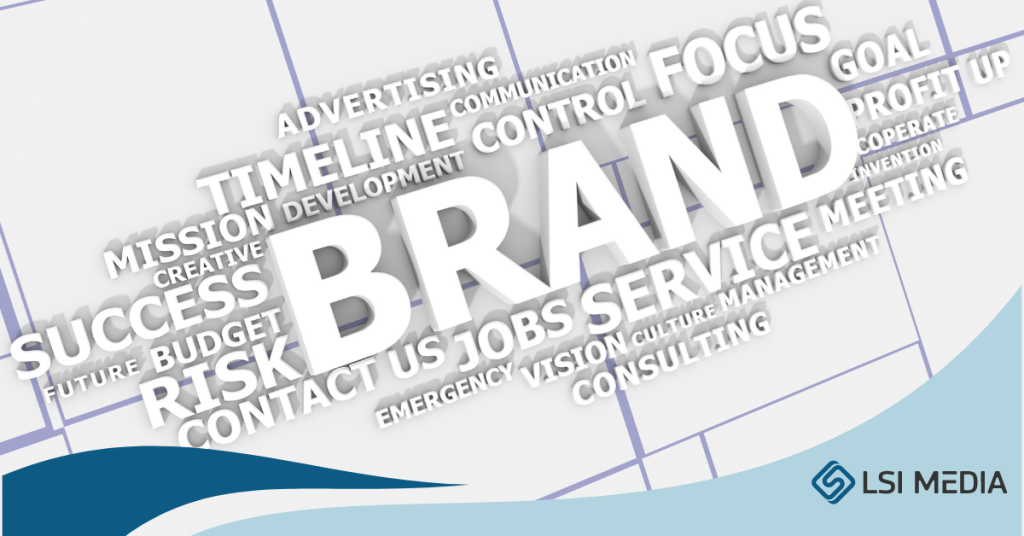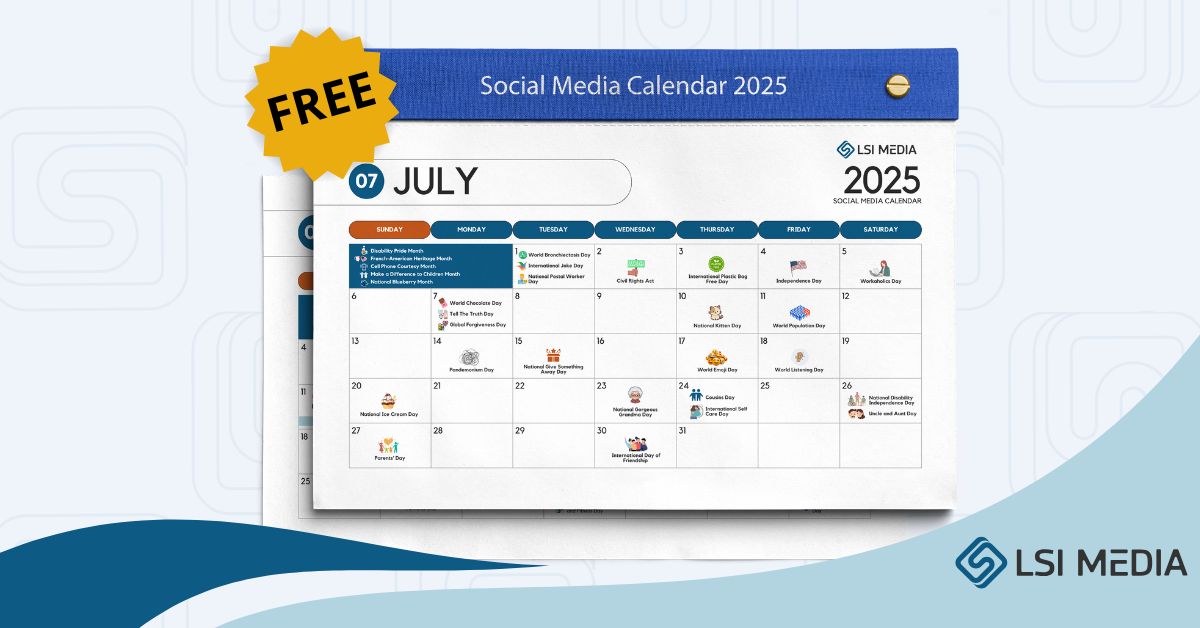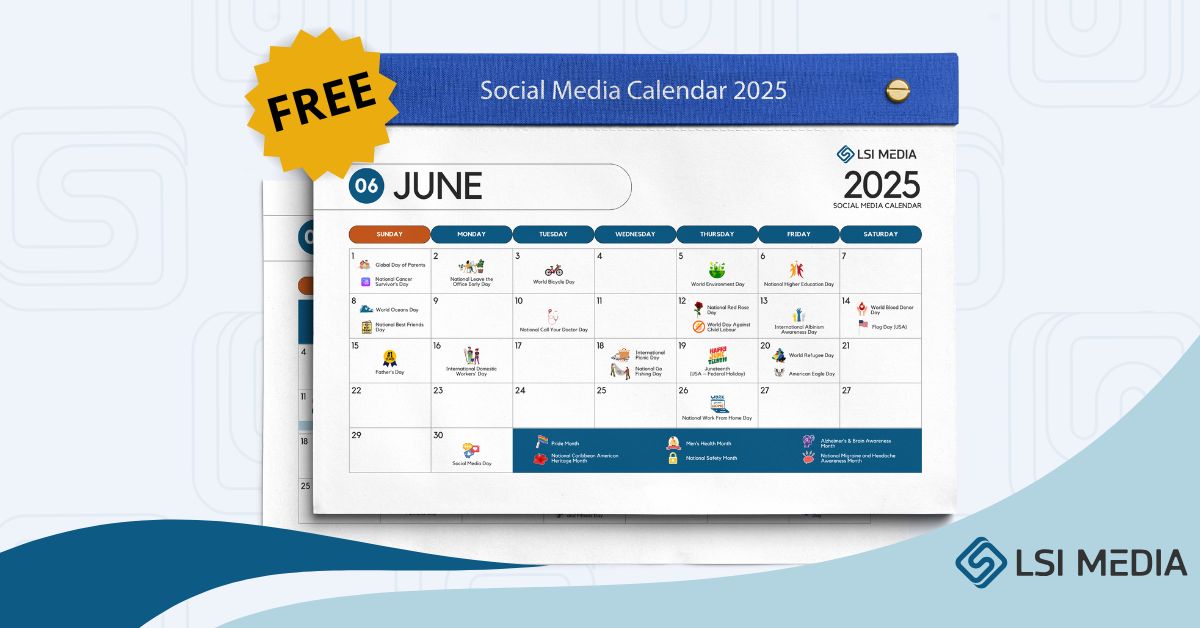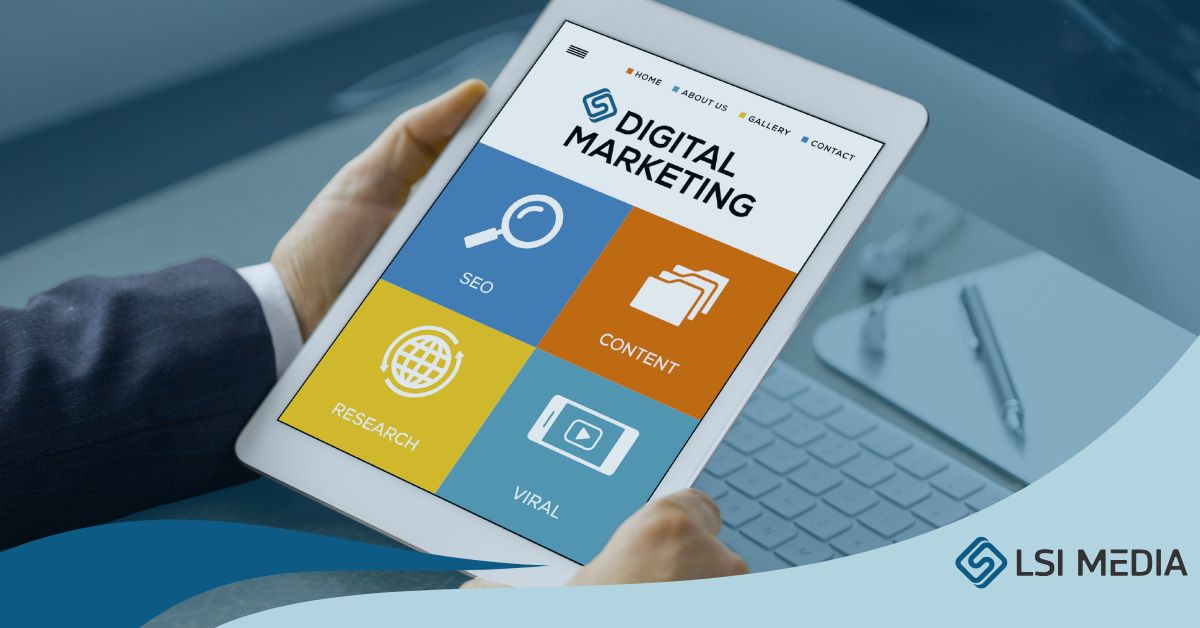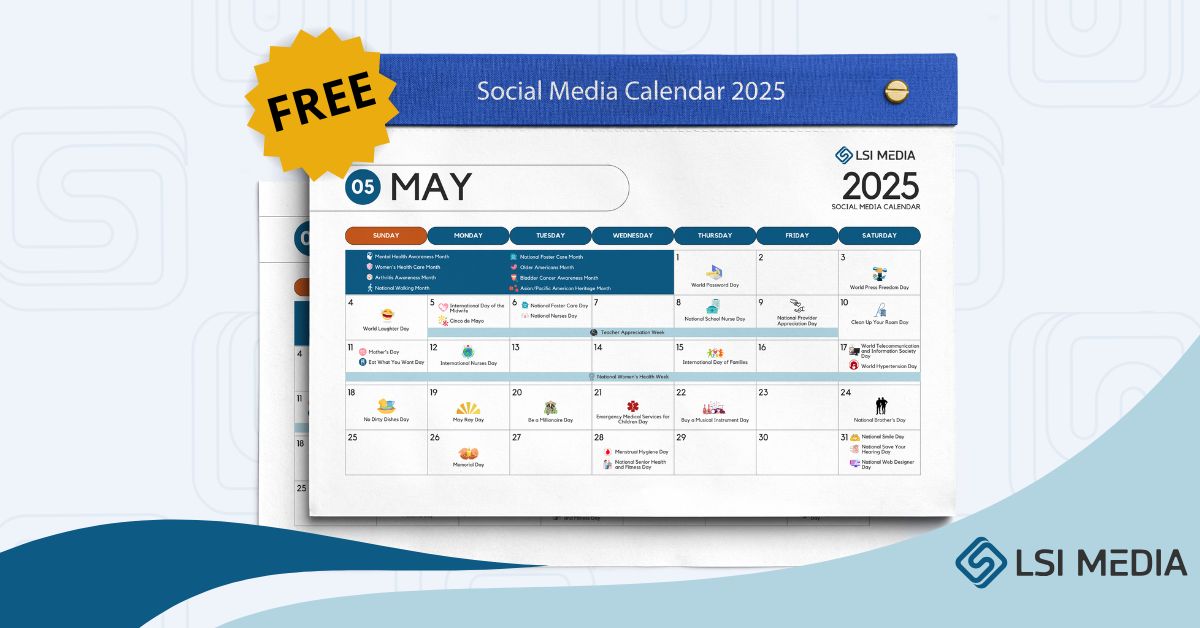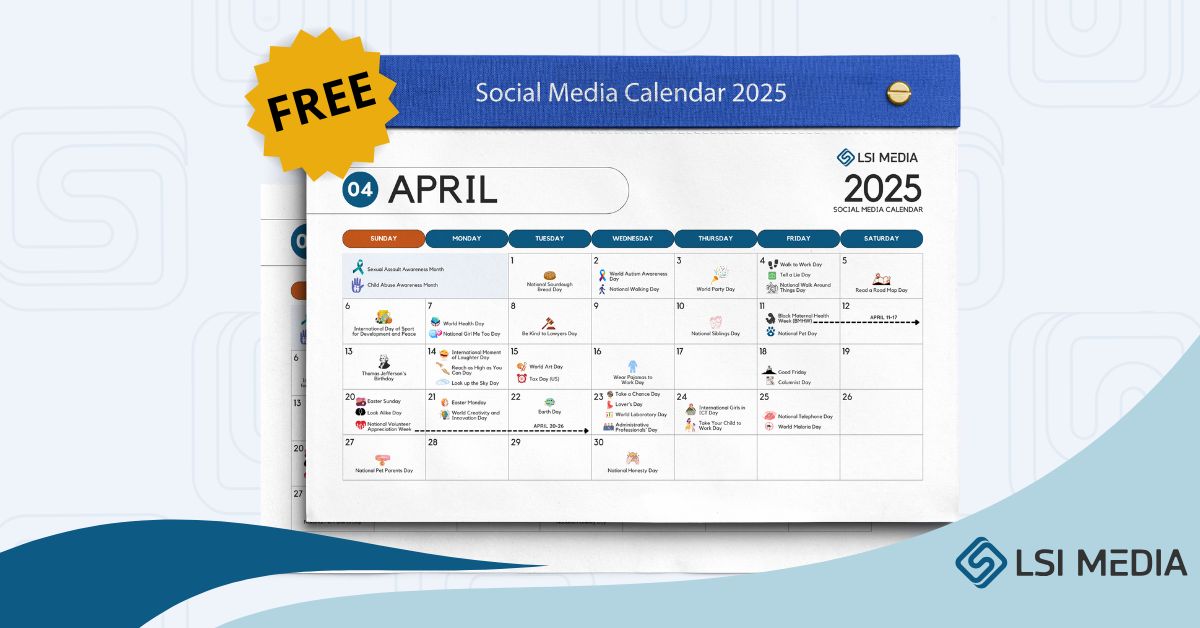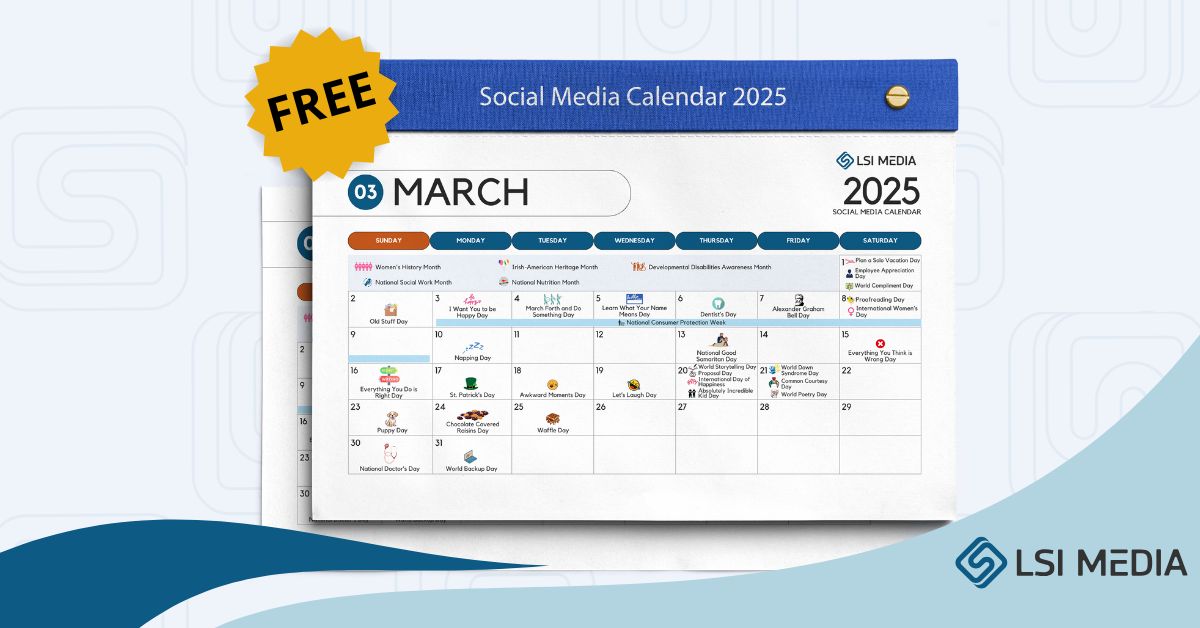[ez-toc]
E-commerce has revolutionized the way consumers shop, providing convenience and accessibility like never before. However, even the most successful e-commerce brands can make mistakes when it comes to online advertising. In today’s highly competitive digital landscape, it is crucial for these brands to avoid common pitfalls in order to maximize their advertising effectiveness and drive sales. From inadequate targeting to poor ad copy and insufficient budget allocation, there are numerous mistakes that e-commerce brands need to steer clear of. In this article, we will explore 21 top mistakes that e-commerce brands should avoid in their online advertising efforts, offering valuable insights for achieving optimal results and staying ahead of the competition.
How could things go wrong?
Well, the harsh reality of e-commerce is that even if your company’s product has been funded, it’s not easy to get it on the market and make money from it. In fact, in their first year, a lot of new e-commerce brands might have trouble making money. Running a business is a lot like climbing a mountain, that’s for sure.
Sometimes things are going well, and sometimes you run into problems that slow you down. To get to the top, you need the right tools, the right skills, and a strong will, just like a rock climber. “Creating and running a successful e-commerce store is not easy,” say people who have worked in the field for a long time. Because of this, it’s important to set yourself up for success by not making the same mistakes that other eCommerce entrepreneurs do.
From choosing the wrong eCommerce platform to not thinking about user experience, this blog will show you what mistakes to avoid and how to set yourself up for eCommerce success. If you want your eCommerce business to grow, take a look at these important mistakes to avoid when selling online.
1. Trying To Run Your Own Marketing Campaign
You may be the creator or chief executive officer of this company, but you cannot operate it on your own. This is vital for the growth of any business, but especially for a new brand. No matter what level of development you are in, there are several experts who can provide guidance.
If you attempt to work alone, you risk having your ideas lost in translation. Your staff can also keep you honest regarding the efficacy of your brand approach. If they agree with the company’s direction and share its vision, they will support you in ensuring that all decisions are consistent.
Remember that you are not alone on your trip, as a little extra assistance will go a long way in the first stages.
2. Not Heeding Your Marketing Experts’ Advice
Your marketing experts may have been working with you for some time, and they are aware of company-related information that you may not be aware of or consider. Listening to your marketing experts’ ideas and proposals for implementing your brand strategy in a number of ways, especially if they originate from an outside perspective, is one of the most important components.
They are less emotionally invested in the business, so they can provide more objective feedback regarding your ideas and how you should execute them. Your staff may also put their valuable inputs into practice by being on the front lines of communicating with customers, receiving their input, and determining their needs. If they believe something will resonate with the public and you disagree, you should consider their comments. They are an underutilized asset of your company, so ensure that you listen to them as often as possible.
3. Unable to Recognize And Understand Your Customers
To increase sales, you must understand where your customers congregate online. For example, not all platforms will be perfect for your products; if you specialize in selling electronics, Etsy is not the place for you. Etsy would be ideal if handmade crafts are your thing, whereas Amazon would not do you justice. Before you begin, you should search online for similar products, take note of where they are sold, and determine if you can find your clients there.
Check out a full-service customer support solution once you’ve ensured that you won’t repeat these errors, as this is the next stage in keeping customers pleased and sales high. With social media connectivity and integration with good customer relations management (CRM) smart solutions, you’ll have a good headstart.
4. Neglecting Customers’ Feedback
Due to the fact that your company is relatively new, you are just beginning to collect meaningful data from consumers – the only kind that matters. Be careful not to panic and make extreme changes just because you’ve noticed anything concerning for the first time.
Not everyone will adore you or your products. You have defined your audience, but your customer base will further define it. Your campaigns will be able to incorporate actual facts as more data arrives. Do not become disheartened by unfavorable feedback. Every brand has this, and you must take it in stride and use the data to your advantage.
5. Questionable Site Security
When selling things and requesting personal information – such as credit card and debit card numbers, and addresses, among others — you must ensure the security of your website. Customers must create confidence in order to conduct business with you; if your website displays a notice indicating that the connection is untrustworthy, your customers will likely flee.
According to research, up to 25 percent of people have abandoned an online transaction due to security concerns. Remember to renew your SSL certificate to maintain the security of your website and assure your clients that their data is secure.
Smaller e-commerce companies are more likely to overlook SSL certificate renewal. This is unacceptable, as having a website without an up-to-date SSL renders all transactions, credit card data, and contact information in plain, unencrypted text that is easily accessible.
6. Complicated Checkout Procedure
What’s the purpose of delivering the best products and having a beautiful website if the user cannot complete the checkout process?
A confusing checkout ultimately results in lost sales opportunities. Frequently, an e-commerce website will believe that all shopping carts are identical. Nevertheless, this is not the case. Even the largest e-commerce websites have difficult checkout processes. Consider the well-established Buy.com checkout page as an example. Enter your email address, check out as a guest, enter your password if you are registered, and pay with PayPal, Google, or Amazon.
Insiders point out that even if you have experience with online purchasing, this might be intimidating. Each choice puts a barrier between the buyer and their ultimate objective, which is to make a purchase. Make a few simple tweaks to your checkout page to avoid overwhelming your potential buyer.
Allow returning or registered customers to finish a purchase without having to sign up first. When new customers were asked to sign up first, 30% of them left their carts. The same goes for payment alternatives; while it is necessary to have multiples for convenience, place them on a distinct, well-organized, and straightforward page.
7. Ignoring Recommendations To Make Websites Mobile-Friendly
Customers want an online store to be mobile-friendly so they may shop whenever and wherever they want in today’s phone-centric environment. A mobile-friendly website facilitates customer ease and navigation.
Google search results give priority to mobile-friendly sites, meaning that if your brand is not mobile, you will be pushed down behind your competitors and lose a significant amount of potential traffic.
When Google originally implemented this upgrade, sites that were not mobile-friendly, such as American Apparel, experienced a substantial drop in traffic. It is not surprising that several of these websites, including American Apparel, have made the required adjustments to become mobile-friendly.
According to Google, 50% of searches are conducted on mobile devices, while 65% of e-commerce traffic originates from an iPhone or iPad. Do not position yourself in a position to lose money. Use Google’s “Mobile-Friendly Test” to determine if your website satisfies the requirements. On a small screen, the site should still appear attractive and be easy to browse.
8. Neglecting To Highlight Products’ Benefits
Numerous young companies make the rookie error of focusing solely on the characteristics of their products while ignoring the actual advantages. According to the old saying, “Features inform, benefits sell.” While product specs have their place, it’s crucial that your new brand emphasizes how things will affect people’s lives.
While this may sound impressive, it is not. The first rule of marketing is to ensure that the product or service is relevant to the consumer. If you can satisfy that need in a way that demonstrates how someone’s life will become easier, more efficient, or even more enjoyable, you’re well on your way to establishing a viable and long-lasting brand.
9. Failure To Prioritize Content Marketing
Developing a consistent content marketing strategy might be challenging at times, especially if your firm focuses on a narrow product or service. However, content marketing is essential if you wish to increase organic website traffic.
As marketing experts emphasize, focusing on your clients, rather than your products, is the secret to effective content creation. Who are your clients? What other products may they be interested in, given their interest in your product? Instead of building your content marketing around a product, focus on your ideal consumer.
10. No Brand Guarantees
After describing the benefits, it is now time to make some commitments. This is not about product guarantees, unless you have a policy that includes them. It is more important how your brand communicates the services that your firm will offer.
Everyone claims that their customer service is excellent, but how can you guarantee that yours will be exceptional? What can buyers anticipate regarding shipping? What aspect of your company’s culture can you deliver? You must articulate these distinctions in a manner that constitutes an ironclad guarantee. This is what will make people speak positively about your organization.
Whether you are a new e-commerce brand or an established one, it is critical to outline what customers can expect from your new company.
11. Unprofitable Domain Name
When clients visit your website, one of the first things they will notice is your domain name. If the name is difficult to remember, awkward to type, too long, too similar to another domain name, or unrelated to your brand, you will likely lose potential clients to competitors.
Consider, for example, Barnes & Noble. Although they are a major and well-known company, it generates less revenue from online book sales than its primary competitor, Amazon. Although there are numerous causes behind this, one of them is their domain name: barnesandnoble.com. It is difficult to spell and far less practical than its competitors.
Having no domain name is generally the worst option, so acquire one! If possible, obtain a.com, and keep the name concise, distinctive, and focused.
12. Exclusively Heeding Friends and Co-Workers’ Praises
If you feel your direction is the best because everyone says it is, you are in for an unpleasant surprise. This is a brand strategy that either resonates with consumers or fails to do so.
Occasionally, the best course of action is to interact with those who can provide an outsider’s perspective on the same things you and others observe daily. Embrace humility and solicit feedback from others that surpasses your own blind spots and biases.
13. Poor Usability Of Your Website
In summary, keep things simple on your website. Fancy layouts, an excess of graphics, and complicated navigation are sales-killing factors. The customer desires to locate the product and make a purchase; if they are unable to navigate your site or are too distracted by its appearance, they will not make a purchase. Worse yet, a page with too many superfluous frills will take an eternity to load, and customers will leave your site before it finishes downloading.
A website that is extremely difficult and annoying to use due to the abundance of images on the homepage, as well as the use of vivid colors, a banner with a moving image, and the requirement for horizontal scrolling — this takes its toll on the business.
14. Unable To Define Your Audience
A brand strategy is most effective when it is specific. Your product may appeal to a broad spectrum of people, or it may be best suited for a particular market or industry. In any case, your business must focus on the demographics and their individual emotional needs in order to make a sale.
Regardless of what you sell, your brand must transmit the appropriate emotion, as purchasing is an emotional act. Your brand will become visceral and relevant if you invest time in a deep dive into the sensibilities of your target consumer.
This may involve employing a diverse workforce, arranging focus groups, or consulting with industry professionals. Furthermore, this also implies that your brand should communicate with consumers via phone, email, and social media channels.
15. Inaccurate Visuals Contradicting Product Branding
As observed innumerable times, branding errors can occasionally weaken the authenticity of the items. If you manufacture the products as well, labeling and packaging are crucial to your business. The subsequent merchandising of the products is required to ensure that your offerings resonate with potential customers.
This logo you thought was adorable may be illegible, causing uncertainty. If the branding fails to address what is crucial to consumers, you have completely missed the mark.
16. Lackluster Search Results
A search bar is one of the most crucial navigational elements on any site. This enables clients to enter keywords pertinent to their unique needs and obtain instant responses. If your search tool does not immediately display relevant results, it is time for an overhaul. Even some of the largest companies have flawed search engines.
You would expect a large firm like Apple to have a sophisticated, functional search engine. However, search results frequently did not provide relevant products for purchase and frequently lacked photos, ratings, and filtering options. A divergence exists between the main site search, which displays content, and the Apple Store website, which displays products, resulting in an unproductive and unsatisfactory consumer experience.
These websites should share a search engine that returns all results simultaneously. E-commerce consultants affirm that customers who “use on-site search to find products are more than three times more likely to convert than customers who don’t”. Therefore having a functional, effective search engine is essential for your business.
17. Having Low-Quality Visuals And Videos
Online shopping is entirely visual. Customers desire as much information as possible regarding the things they will receive upon purchase. Images that are too grainy or too small will not entice customers to buy. Due to the fact that clients cannot physically inspect an item, professional, high-resolution photographs with the possibility to magnify and see from multiple perspectives are required.
Websites, such as those with blurry photographs, or those with photos difficult to explore, and those frequently thumbnail-sized yet showing only one angle, are among the pitfalls to avoid.
18. Inability To Focus
Attempting to sell too many sorts of products to too many categories of customers is one of the most common errors made by e-commerce retailers. With more than 200,000 e-commerce sites in the United States alone, it is essential for the success of your business to identify your specialty and target audience. Instead of selling a large array of general things, become more focused.
Take care of the enthusiasts and hobbyists who are looking for very specific things. Sites like Amazon tend to focus too much on the general public and don’t have what a very specific fanatic is looking for.
By specializing, you give clients a reason to purchase from you (rather than the thousands of other online stores). Offering items or services that are uncommonly offered provides you a competitive advantage.
19. Thinking The Data Knows All The Answers
Your spreadsheet data will never in and of itself inspire creativity. Your brand strategy is only as innovative as its leaders. You can A/B test ideas until you’re blue in the face, but both “A” and “B” could be bad. You may always take comfort in the fact that the current version is the one that performed best in testing, but successful branding is built on discomfort. Never allow statistics to make you complacent, or your brand will become lifeless and uninteresting.
20. No Plans Are Made For The Future
While you must be present-minded, you must also consider where your brand is heading and what it will look like when it arrives. There are two reasons why you should always keep this in mind. First, your company’s culture must expand in tandem with its sales. Nothing can remain unchanged for long, including the way your customer service speaks to and listens to clients.
Additionally, you must always be mindful of your long-term approach. You may have fantastic ideas for where you want the brand to go, but if they are impractical at the moment, you should consider what you can do to get there instead of disregarding them. If you are not honest with yourself about where you are and where you want to go, your brand strategy will be aimless.
21. Excessively Thinking About The Future
On the contrary, there is a tension between focusing on the future and remaining grounded in the present. You must be able to view your brand as an asset that must expand and generate revenue, without losing sight of its origins. If all goes according to plan, the longevity of the company will be determined primarily by its character. This necessitates focusing on your elevator pitch, brand story, and how you describe yourself prior to meeting customers.
The Final Word
You desire to surpass your competitors and achieve the pinnacle of your industry. To accomplish this, you must learn from the mistakes of others while maintaining your focus on the prize. By understanding the most common errors that eCommerce entrepreneurs face, you may avoid unanticipated expenses and time-wasters in your own firm. True, if you are able to avoid these errors and respect the tips provided here, you will be able to avoid the frequent difficulties that developing brands encounter. Never lose your enthusiasm for something.
Adding reality to that optimism will provide your brand with the guiding atmosphere required for success. Your brand is a living entity that must adapt to the external environment.
And with your eCommerce website optimized for success, this is a significant aspect in establishing a devoted consumer base eager to purchase your products repeatedly. Virginia-based full-service digital marketing agency LSI Media prides itself on its expertise in the field, recognized as one of the top digital marketing agencies and among the top web designers in the state. Book a call with our team today for a discussion on how we will be able to help you scale your business.
FAQs:
1. What is online advertising for e-commerce brands?
Online advertising for e-commerce brands refers to the act of promoting and marketing products or services through the Internet using various advertising channels, such as display ads, search engine marketing, social media ads, email marketing, and more. It aims to attract potential customers and drive them to make purchases on the e-commerce website.
2. Why is online advertising important for e-commerce brands?
Online advertising is crucial for e-commerce brands as it helps increase brand visibility, drive traffic to the website, generate leads, and ultimately boost sales. It allows brands to reach a larger audience, target specific customer segments, and measure their advertising performance more effectively.
3. What are some common mistakes e-commerce brands make in online advertising?
Some common mistakes e-commerce brands make in online advertising include:
- Not targeting the right audience
- Using irrelevant ad copy or creative
- Ignoring mobile optimization
- Overlooking remarketing opportunities
- Neglecting to track and analyze campaign data
- Setting unrealistic goals
- Not properly allocating the advertising budget
- Not testing and optimizing ad campaigns
- Ignoring the importance of landing page design and optimization
- Not leveraging social media advertising
4. How can e-commerce brands avoid targeting the wrong audience?
To avoid targeting the wrong audience, e-commerce brands should conduct thorough market research and analysis to identify their target audience’s demographics, behaviors, and interests. They can then use this information to create buyer personas and segment their advertising campaigns accordingly. Additionally, leveraging customer data and implementing audience targeting options provided by various advertising platforms can help ensure ads are seen by the right people.
5. What should ecommerce brands consider when creating ad copy and creative?
When creating ad copy and creative, e-commerce brands should consider the following:
- Highlighting unique selling points and value propositions
- Using clear and compelling language
- Including strong calls-to-action
- Using high-quality images and visuals that resonate with the target audience
- Ensuring consistency with the brand’s overall messaging and visual identity
- Testing different variations to see what resonates best with the audience










